The Most Realistic And Exhaustive Wetsuit Review We’ve Ever Done
Or… how fast can you destroy an entire quiver of fullsuits?
Click here to browse O’Neill’s entire range of new suits.
We love to romanticize the lives of people who have it harder than us.
Don’t believe me?
Find any coastal neighborhood with extortionate rent, and go observe the thousands of affluent millennials in workboots, Carhartt jackets, and beat up old Toyotas — embodying the aesthetic of the poverty line from behind $12 lattes.
Or, go listen to any university student — fresh off their first month-long Sumatra stint — spew cliches about how beautiful the simple lives of the Indonesian people are, and how the perceived happiness of the underprivileged is ‘so inspiring.’
Or, you can just ask a surfer from anywhere in the world what they think about a surf community from a slightly colder locale.
If you were to believe the average Gold Coast local, all of the surfers on the South Coast of NSW are ‘corelords.’
Ask a surfer on the North Island of New Zealand, and they’ll laud the grit of those living on the colder South Island.
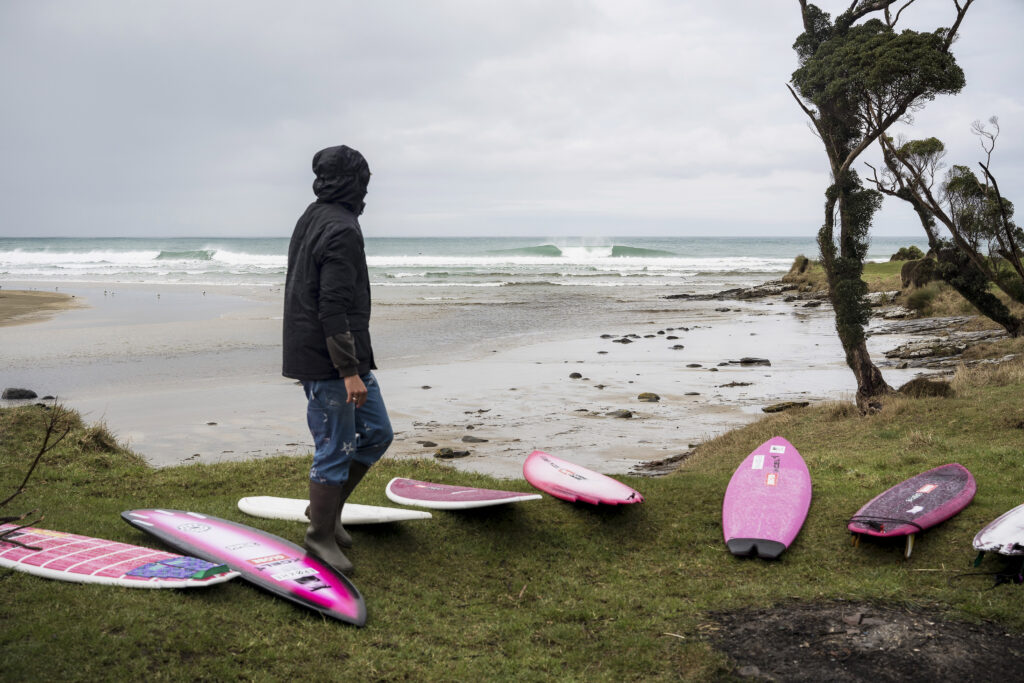
There’s something that draws us toward people who have to work harder for their keep than we do, inciting admiration and a strange sort of jealousy.
Often, these idealized inferences we make are largely incorrect.
The frigid seaside citadel of San Francisco is constantly touted by visitors and Southern Californians as one of the most hardcore underground surf scenes in the United States. In reality, the city is home to a single digit number of remarkably average lineups, all riddled with hundreds of tech-funded adult learners who are quicker than anyone to blast Instagram photos of oversized shoulder hops captioned with painful humble brags.
Yes, I basically fit this description.
Despite its inability to produce a single solid QS surfer — much less a CT surfer — SF has proved to be a terrific training ground for the innovation of neoprene.
Our recent 2025 Best Wetsuit winners, Feral, developed their cushy suits in the grey brine of Northern California.
2024 winners (and this year’s runner-up) O’Neill opened their first surf shop along SF’s Great Highway in 1952 — before relocating seven years later to Santa Cruz.
It’s the latter company, formed by the esteemed Jack O’Neill, who reached out to us a handful of months ago for an extended test of their new wetsuit range.
As our sharp audience can attest to, wetsuit tests are often misleading.
Who really cares how well a wetsuit fares in the first few sessions?
The true test of neoprene is how it sustains, stretches, holds warmth, and dries after months of being stomped on, urinated in, and baked in solar radiation.
So, O’Neill allowed me to do just that, starting in the very city where they opened their first shop over 73 years ago.
Last October, John Hunter — head of O’Neill Wetsuit Design — handed me a Hyperfreak 3/2, 4/3, and Hooded 5/4 in the parking lot of their Santa Cruz headquarters. John, an SC local, has led the design team at O’Neill for nearly three decades, and still surfs better than most of the people who buy their neoprene.
“Just use ‘em for the season, and let us know how they work,” he said, smiling.
Five months, over 150 sessions, and one surf trip later — let’s talk about how they’ve worked.
Ground Rules
To start, I need to clarify a few things.
First, I’m 6-feet tall and 155 lbs (70kg). For those of you who have a hard time visualizing body proportions based on mathematics, that means I’m skinny. Real skinny. Which also means I get cold. Really cold, really fast.
If I were alive during the era of surfing in wool sweaters and jeans with a campfire on the beach, I simply would not have been a surfer. All of the suits I wore were Small-Talls, and my BMI is roughly 21, so please adjust your perceptions of my assessment accordingly.
Second, I absolutely thrashed these wetsuits.
Normally, I’m the type of surfer who diligently cares for his wetties through about the first three months of ownership — coldwater rinses after every single surf, hung to dry in the shade— before slowly lapsing into laziness.
With these Hyperfreak suits however, I took the idea of a ‘wetsuit test’ as full permission to forfeit all pretenses of personal responsibility, and open the throttle on destruction.
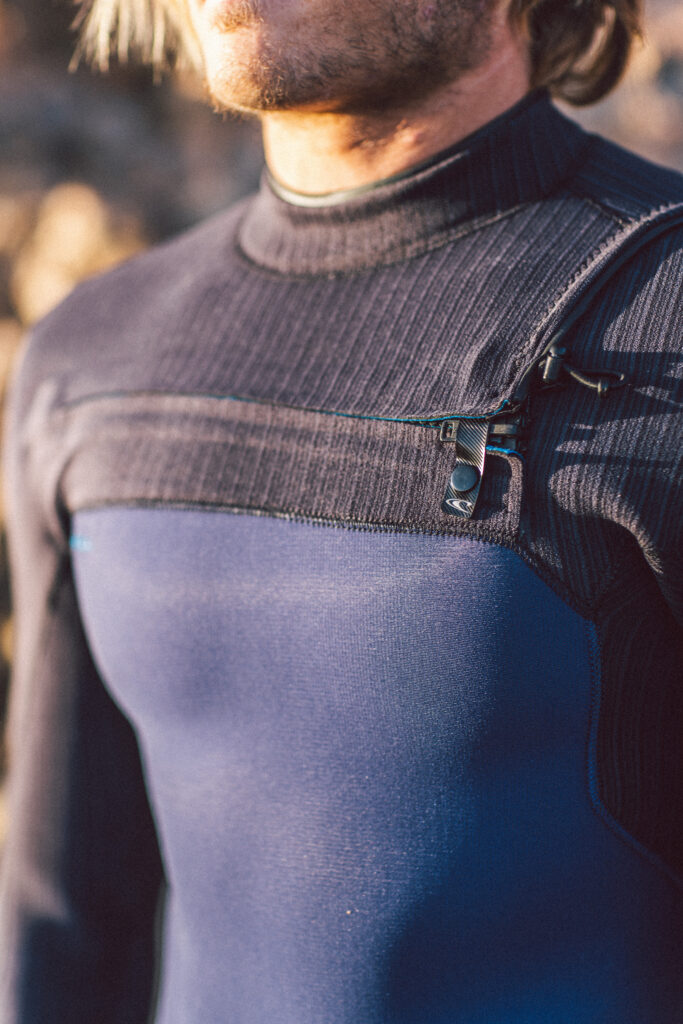
Per the wetsuit care page on the O’Neill website:
“It’s important you do NOT wash the wetsuit in hot water, dry it in direct sunlight or leave it in the boot of your car for long periods of time because excessive heat damages the neoprene and glues and reduces the fabrics stretch, flex, and durability.”
So, I did exactly the opposite.
Every suit was almost exclusively dried, still wet from ocean salt, in the sun. When they were not drying, they sat in a sopping pile of stinky saturation in the back of my truck. And, when I did decide to wash them with fresh water, I made sure to do it during a scalding hot post-session outdoor shower.
After nearly two surfs a day, every day for six months, here’s how they fared — from the cramped architecture of SF’s Great Highway, to the pitiful shoals of the Southern California bight, to the breezy autumn of New Zealand’s North Island.
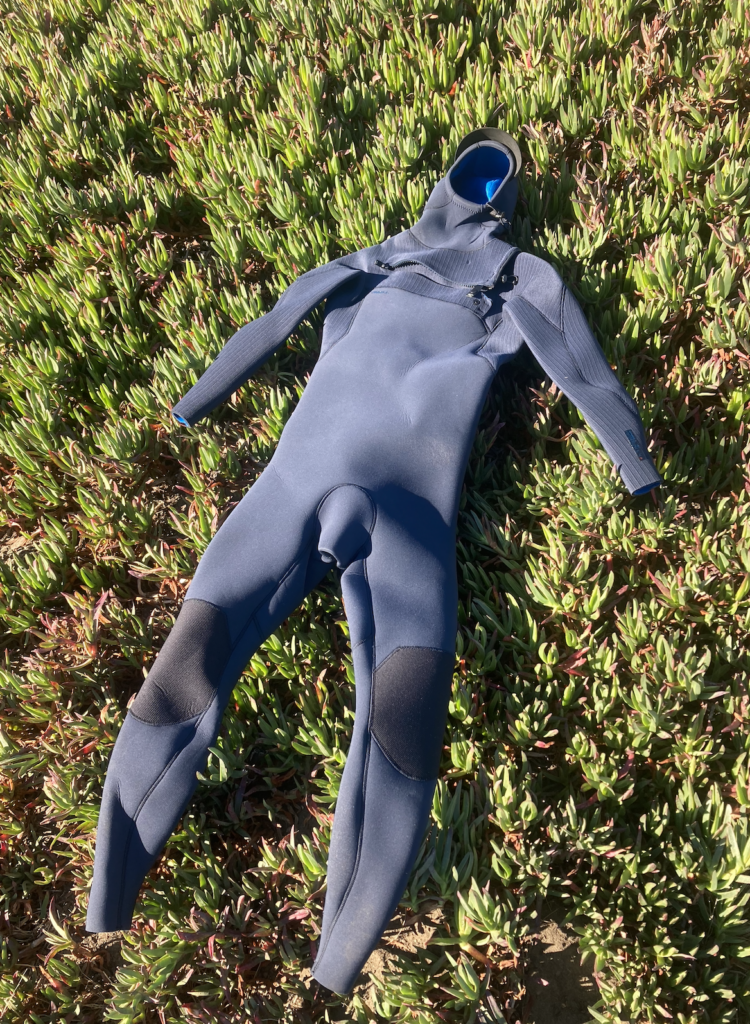
Hyperfreak Hooded 5/4
Many of you have probably heard the motherly adage suggesting you should put on a hat because you ‘lose most of your body heat through your head.’
This partial truth is a result of experiments conducted in the Arctic by the US military in the 1950s. Volunteers were adequately dressed from the shoulders down, but left bareheaded. Not surprisingly, that’s where most of their body heat escaped. From there, the warning that you can lose 40 to 45 percent of your body heat from an exposed head became standard in the “U.S. Army Survival Manual.”
Since these experiments, further research has been done which partially debunks this idea.
Hypothermia expert Dr. Daniel Sessler says that if you went out into the cold in just a swimsuit and had your body heat loss measured, you’d only lose about 10 percent through your head. Put simply, losing body heat is just about how much surface area you expose. If you had your head covered but bared a leg, you’d lose more body heat through your leg.
It’s simply a matter of exposure.
Of course, surfing in cold water without a hood closely resembles the 1950’s Arctic tests, and I almost always find an excuse to cover my head in water below 65 degrees (18 C). Not only am I warmer, but I’ve been told wearing a hood slows down the growth of surfers’ ear caused by cold water and constant wind.
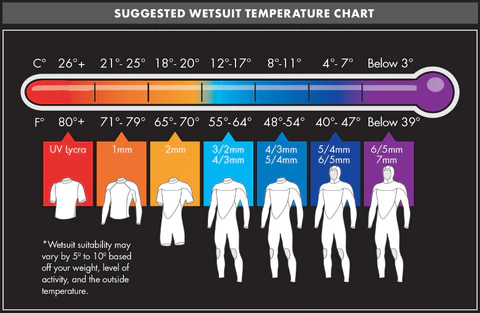
And so, with my inclination toward hoods, and with SF water temps around 53 degrees F (11 C) on the week in October that I picked up the suits, I opted to start with the 5/4.
Though the water was somewhat temperate, an early season breath of ice hung in the air, with the northeasterlies blowing a 50 degree (10 C) chill through the alleys of San Francisco’s coastal architecture.
If there’s one thing every surfer I’ve met can agree on, it’s that O’Neill’s proprietary technobutter is top of class for comfort and flexibility. They regularly make podium appearances in our Best Wetsuits tests, finish top of our Audience Survey, and in our very makeshift Tofino beer-keg stretch test, they finished a clear first. So, as the beginning of winter tickled my towel-changing leg hairs and I slipped into the synthetic caress of new neoprene, I felt satisfied with my decision for an extra millimeter of warmth than I might normally opt for.
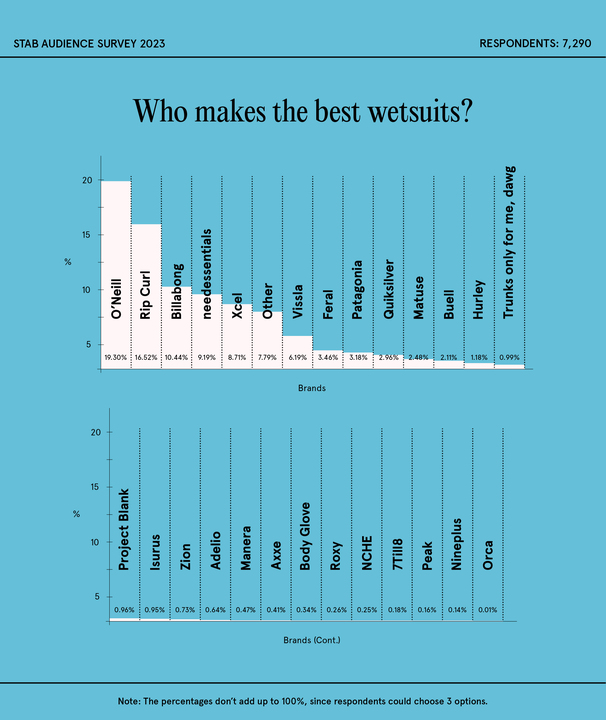
Sprinting across the highway and over the dunes toward little offshore wedges, still I felt comfortable with my decision.
And then, not more than five paddlestrokes into the Pacific, I got too damn hot. I spent the majority of the session periodically flushing my suit — stuck in a portable sauna/icebath the likes of which Joe Rogan dreams of.
A new 5/4 Hyperfreak + 53 degree water (11 C) + 50 degree air (10 C) = too warm.
Overheating is hardly a real complaint when it comes to neoprene; more a reflection of picking the wrong thickness for the conditions.
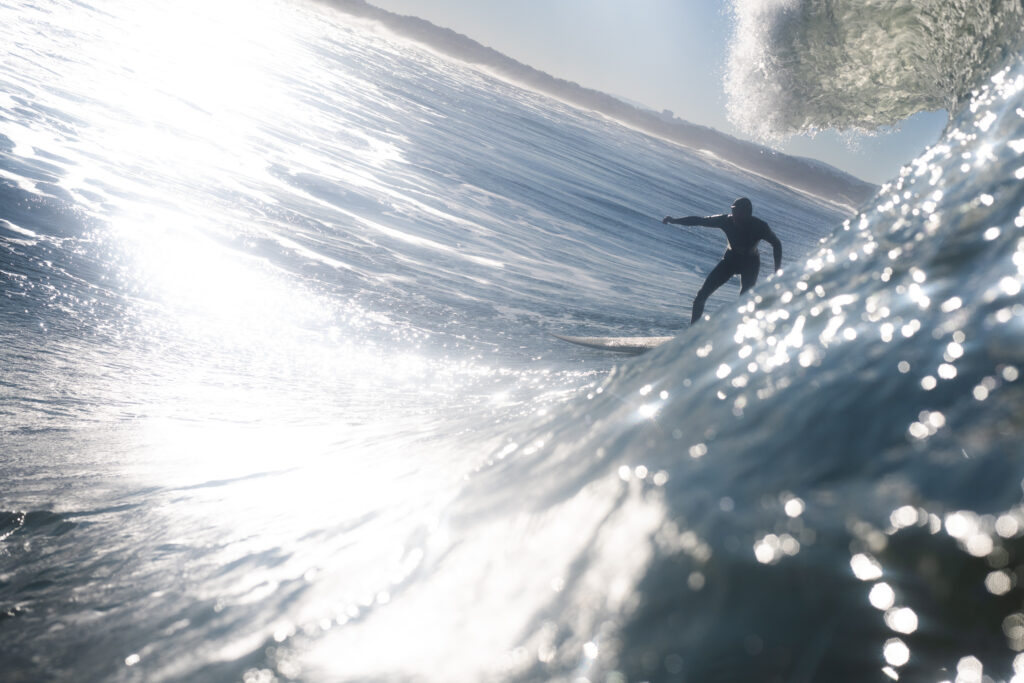
So, after a week or so of testing the 4/3 in SF (see below) I drove north, through the fog banks and redwood trees and gray rip-bowls of deep Northern California, to further stress test the 5/4.
For the next three weeks, I surfed 49 degree water (9 C), with 45 degree mornings (7.2 C) and fog thick enough to make it feel colder.
This is where the 5/4 excelled.
Through nearly a month of long sessions with long lulls, I can’t recall a moment of being cold in the water. And for reference, the suit spent the entire time soaking wet.
As seen in our 2025 Best Wetsuits test, the weight of a suit when it’s wet is worth considering. The 5/4 is somewhat heavy, coming in at around 7.2 lbs (3.1kg) when wet — the equivalent weight of a miniature dachshund. But, the relative flexibility (especially in the shoulder region) leaves it feeling pretty much like paddling around in a 4/3.
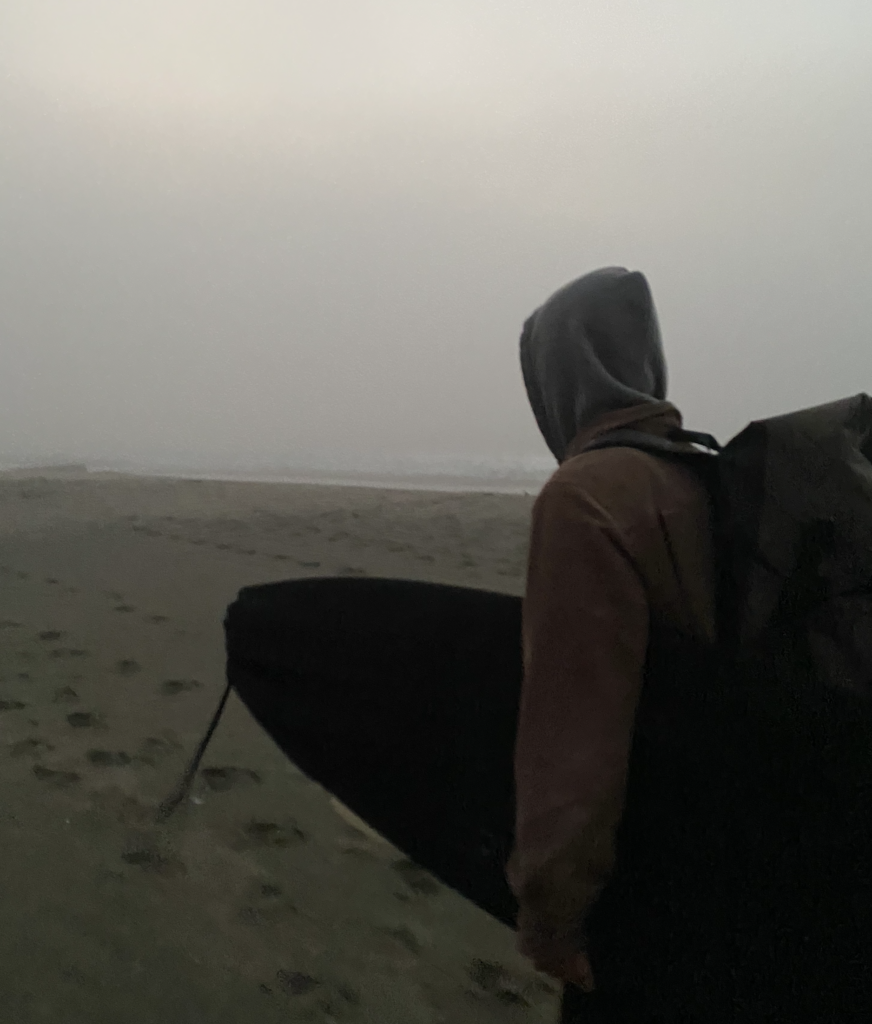
After a month of serious abuse, the suit really hadn’t fallen apart at all. A minor leak in the right leg had very slowly begun to appear, but other than that, its insulating faculties remained at the peak of their powers.
In November, with water and air temperatures both dropping a few more degrees, I returned home to San Francisco. Following a few North Pacific fueled surf-benders and a bumbling road trip through Central California, I finally began to notice a bit of devolution in the quality of the 5/4.
Mid-December, two and a half months into the accelerated abuse, a full-leak began developing around the right hip seam, and at about an hour and 45 minutes into each session I began noticing the clumsy numbness of winter in my bones.
We all know saltwater is corrosive. But why?
Hydrolysis is a chemical process of decomposition involving the splitting of the molecular bonds in polymers due to the addition of the hydrogen and hydroxide ions of water.
The Na+ and Cl− ions in salt accelerate hydrolysis of rubber by increasing the ability of water to diffuse through the matrix and separate the molecular bonds — all of which rapidly reduces the flexibility of polymer materials.
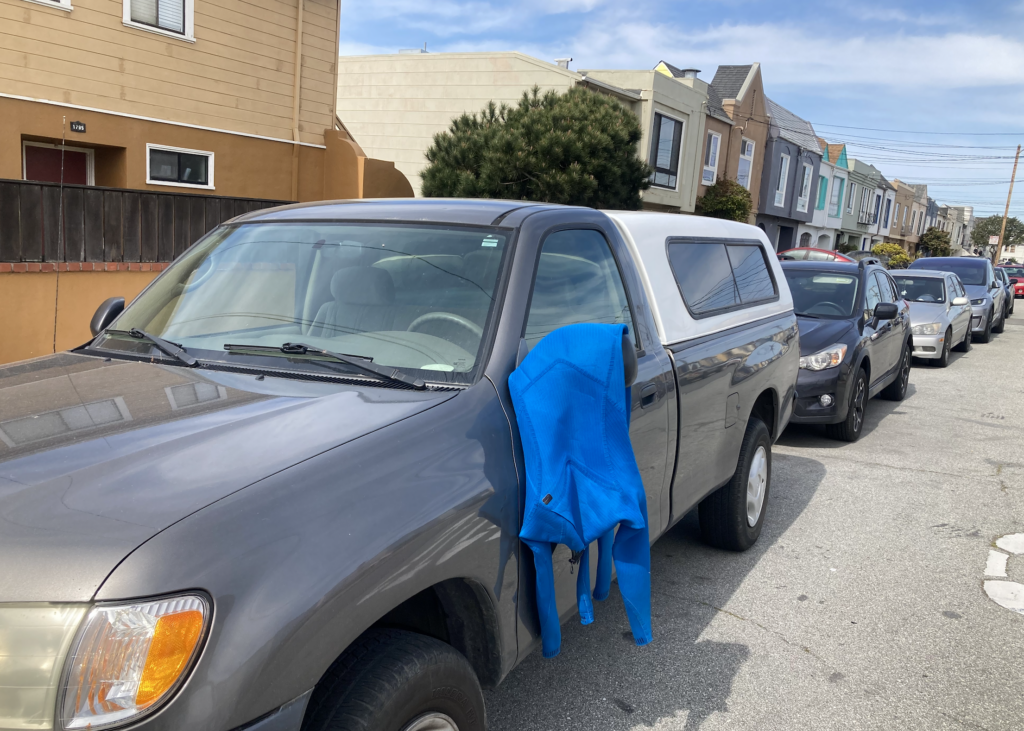
In mid-January, following three and a half months of severe neoprene misconduct, I can confirm that the 24/7 dousing of salt on the suit was beginning to take its toll. The 5/4 had entered the phase of well-worn familiarity, like an old pair of shoes. The hood was still tight and the butter still warm, but a handful of leaks along my ribs and legs ensured a fresh trickle of lightning upon each duck dive.
Almost four months in, during sessions in low 50 degree water (10 C), low 50 degree weather, and howling wind, I’d be cold within an hour and a half. If I was paddling a lot, I could make it a bit longer.
On the plus side, this is the first suit I’ve owned in years where the padding on my right knee didn’t immediately develop a hole from duckdiving.
If you use your patella to duckdive, one session at a Northern California beachbreak does as much damage to kneepad neoprene as someone might inflict in an entire season at Rincon. It might not sound like an important detail, but once a hole develops in the top layer of a kneepad, it becomes an irreparable black hole of body heat.
Come February, I returned to the 49 degree (8 C) waters of far Northern California with the 5/4 for another test. This week-long stint was undeniably colder than my first foray with a brand new suit, but still perfectly bearable. The wear-and-tear on the suit almost seemed to plateau, with no new leaks appearing, the rubber remaining tensile, and near two-hour sessions within reason (given a bit of movement).
By mid-February, nearing the end of my test window of five months, the suit essentially functioned as a slightly heavy 4/3 — zipper fully functional, hood still not flushing. The leaks had increased with help from a jump rock barnacle bumble, and by the end of a two hour session in 55 degree water (12.7 C) I was certifiably cold.
When I first got the suit, it would dry in direct sunlight in less than seven minutes. By the end of this test, that number was closer to 45 minutes.
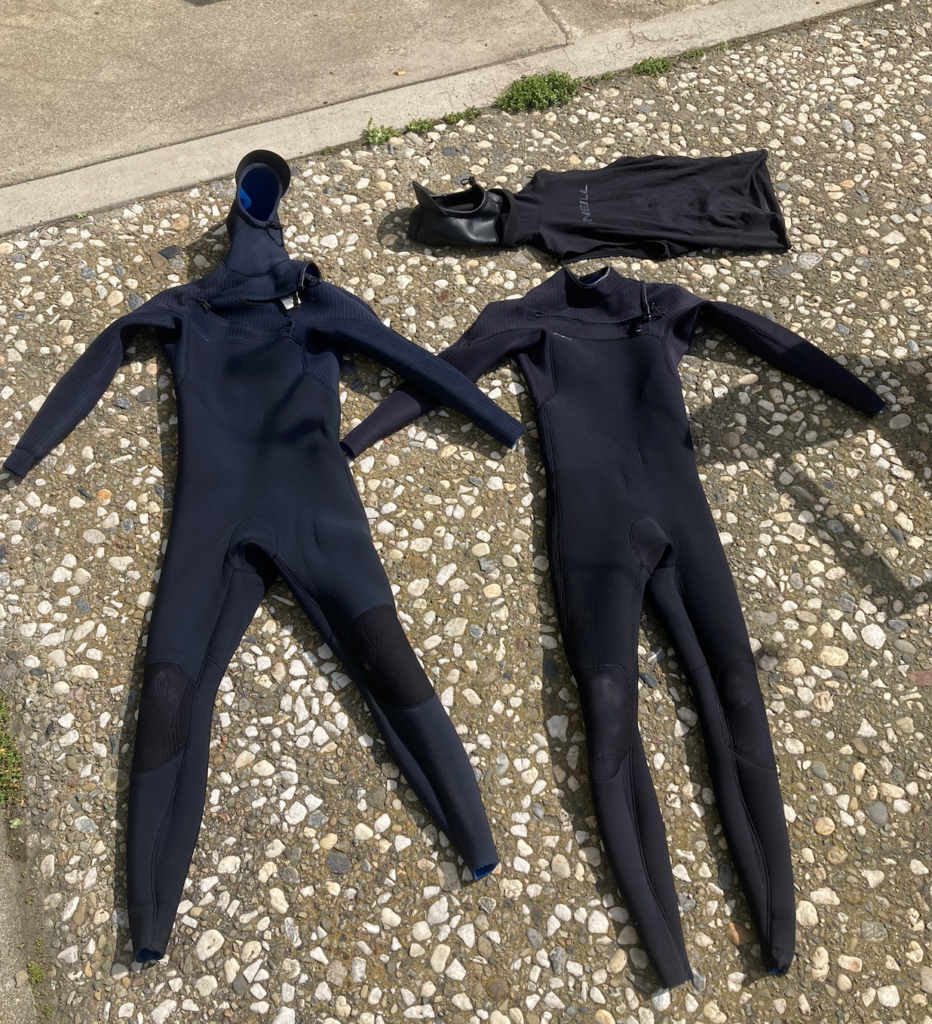
Hyperfreak 4/3
Did I mention I like hoods?
Realizing I had been given a hoodless 4/3, I stopped by ProofLab and grabbed one of O’Neill’s detachable hoods — complete with a thin vest.
I’ve never quite enjoyed neoprene hoods that are separate from the wetsuit itself, but I enjoy brain freezes even less.
Did I mention I’m built like a wilting pansy?
For what it’s worth, the O’Neill vest + hood definitely adds a layer of warmth that normal detachable hoods lack. Unfortunately, the neck portion of the hood never seems to stay put underneath the neck seal of the wetsuit — instead fanning out like the ruffled collar of some pompous idiot in a renaissance painting.
My advice? If you like wearing hoods, just get a suit with a hood.

Anyways, at the start of the test in October, the 4/3 honestly kept me about exactly as warm as the 5/4.
Like I said, new suits are all mostly the same.
The main difference I noticed with the 4/3 was that — possibly because of the lacking hood — the stitching across the upper arms felt tighter and slightly more restrictive. For the first couple weeks, paddling felt noticeably more strenuous than it had with the new 5/4.
The 4/3 was slightly lighter than the 5/4 — coming in at a saturated weight of roughly 6lbs (2.2 kg). Honestly, I don’t think I really noticed a difference here.
After the initial break-in period, I began noticing the marginal change in warmth between the 5/4 and the 4/3. On a particularly windy day at a novelty wave near Santa Cruz which is particularly prone to ice-water upwelling, I wore the 5/4 in the early morning and the 4/3 in the late evening.
Though the buoys won’t corroborate my claim, I’m putting the water temp at around 46 F (8 C). In the 5/4, I lasted a little under an hour and a half. In the 4/3 — an hour.
Another initial observation was the stickiness of the material around the neck, wrists, and ankles. Whatever that stuff is, it’s great — does not let water through. This suit absolutely refused to flush for pretty much the entire five + months of abuse.
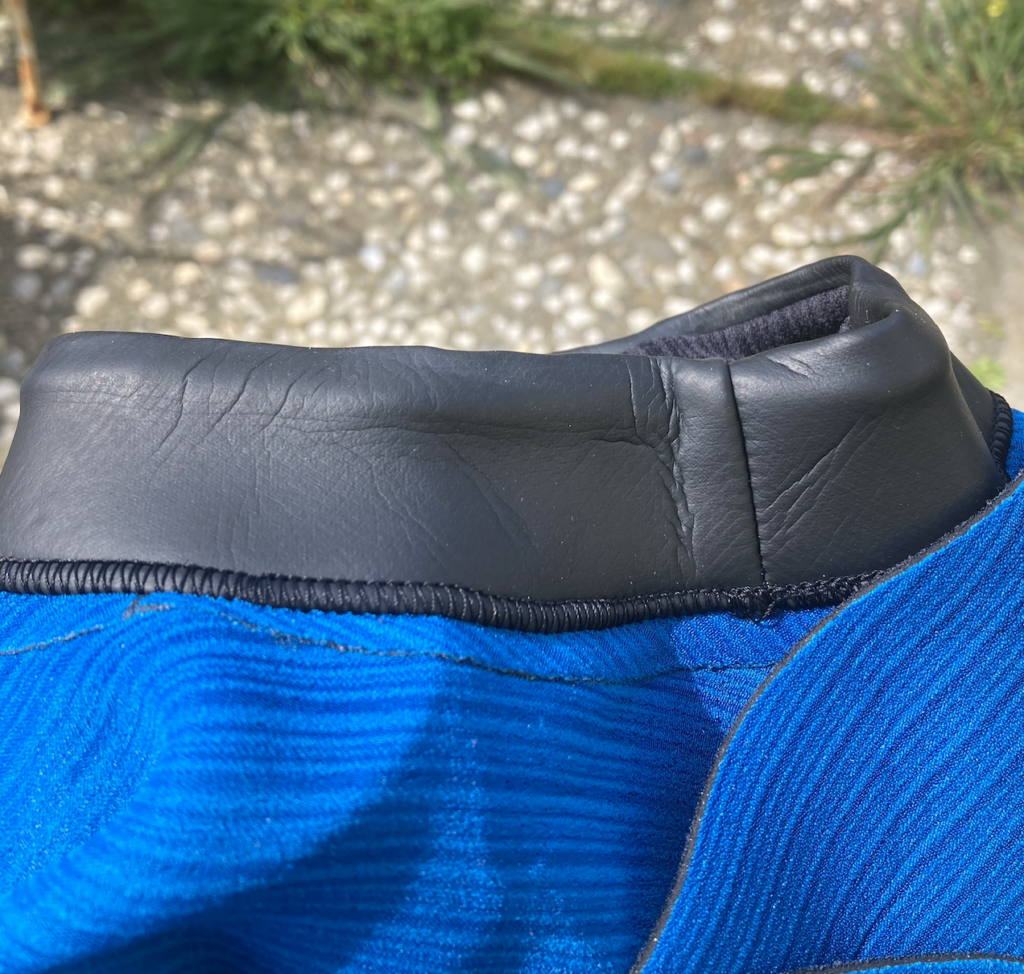
From there, the 4/3 deteriorated in a similar pattern to the 5/4, if not somewhat faster.
Slightly thinner material = slightly faster hydrolysis.
Fortunately, the kneepads on the 4/3 also stood the test of time and neglect. Whatever formula O’Neill has going on with their proprietary ‘Krypto Arrmor’ pads, keep it up.
I kept the 4/3 for sunny lunchtime sessions and warmer days around Santa Cruz in the 57 degree (14 C) range. The furthest south I opted to wear it was on an idyllic weekend at Rincon in December, with air temps in the high 60’s (19 C) and water temps nearing 60 degrees (15.5 C).
Though this is well within O’Neill’s suggested 4/3 temperature range, I was overheating the entire time.
At nearly five months of sheer abuse, the lower half of the 4/3 has developed a few leaks, and the glue-taped shoulder seams feel a bit stretched, but the suit still has a healthy amount of life remaining.
Dry times were slightly quicker than the 5/4 — coming in at around 5 minutes during the start of the test, and 35 minutes at the end. Less material holds less water, it seems.
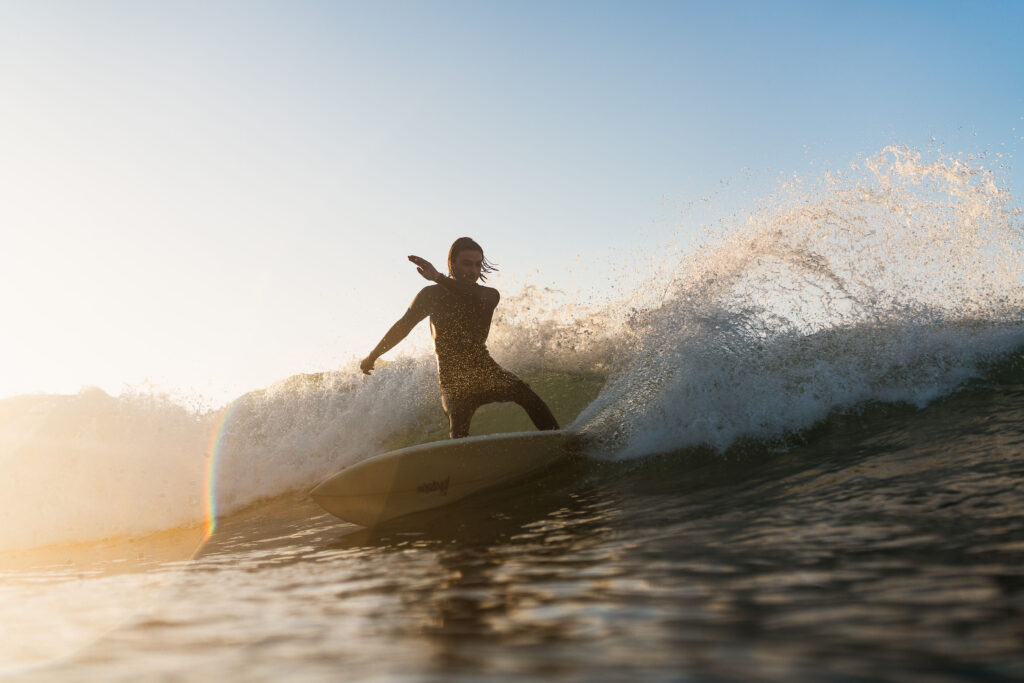
Hyperfreak 3/2
When I was first offered this suit, I sincerely did not have a clue where I was supposed to test it.
I gave it one solid 30-minute session in 53 degree (11 C) San Francisco water, and decided never to wear a 3/2 north of Santa Cruz again. Then, a few months later, during a brief stint in Stab’s Oceanside office, I splashed around for 30-minutes in a pitifully flat Southern California ocean.
For the most part of the test window however, this wetsuit saw very little saltwater, sunlight, or urine.
So, with a trip to New Zealand looming for the second half of February, I threw the suit in my boardbag.
Known originally as Aotearoa, the land of the long mediocre left boasts a remarkably harsh climate. Not only is the North Island home to Wellington, the windiest city in the world, it’s also placed precisely below the growing hole in our ozone layer. In the summer, the UV index reaches 13 – well over the threshold for extreme, and significantly higher than equal latitudes in the northern hemisphere. For reference, a standard UV in California is around 2 or 3.
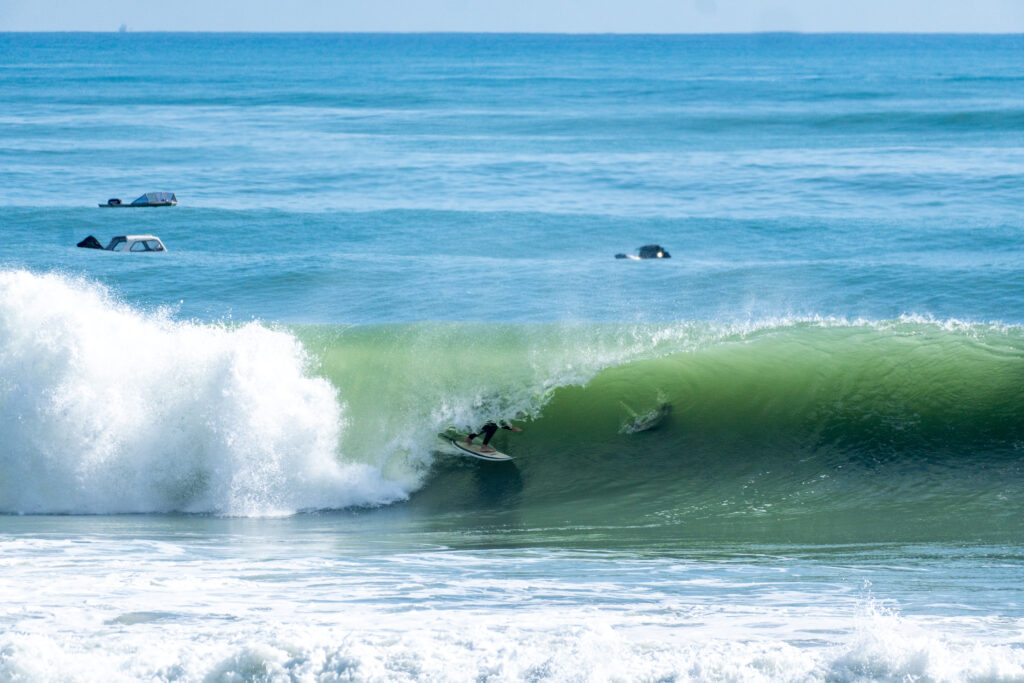
Plus, consistent south swells and south winds from the Southern Ocean bring cold, extremely salinated water up from the massive Antarctic Circumpolar Current.
If you’re hoping to age your skin, destroy your neoprene, extend your pterygiums, and rapidly close your eardrums — the west coast of NZ is a great place to do it.
With early autumn water hovering around 64 degrees (17 C) in Raglan, and a persistent southwesterly Tasman breeze bringing cold air around Mount Karioi, the Hyperfreak 3/2 was a perfect option.
Much like the 5/4 and the 4/3, my first few sessions at the recommended 3/2 temperature were steamy — leaving me prying open the neck and flushing water into the suit.
Though it has the exact same stitching as the 4/3, the 3/2 doesn’t have the same tightness in the arms while paddling — likely thanks to the thinner fabric. Similar to the 4/3, the suit does not flush easily. Really, the 3/2 was the comfiest fullsuit I’ve worn — an observation which corroborates the findings of this year’s Best Wetsuit test.

Over the course of the past month in New Zealand, I have left the 3/2 in the baking sun every single day, and surfed twice a day. As expected, the suit is deteriorating at a quicker pace than the thicker two options — with the most notable damage being a hole quickly opening in the kneepad.
The dichotomy of a thin suit wearing out faster is that it matters less. And in truth, I was more than warm enough for the entire month chasing waves in water between 59 – 64 degrees (15 – 17 C) in NZ — even through a few 4-5 hour sessions, when others said they were getting cold from the wind.
For me, once the water is warm enough to wear a 3/2, a handful of leaks don’t matter too much. Of all my suits, I can usually make 3 mils last over the course of years, because a leaky 3/2 is tolerable — even sometimes preferred — up until the point where you start getting rashes. Despite the abuse it’s suffered, this suit still has years of life in it (or until the knee hole becomes unbearably large.)
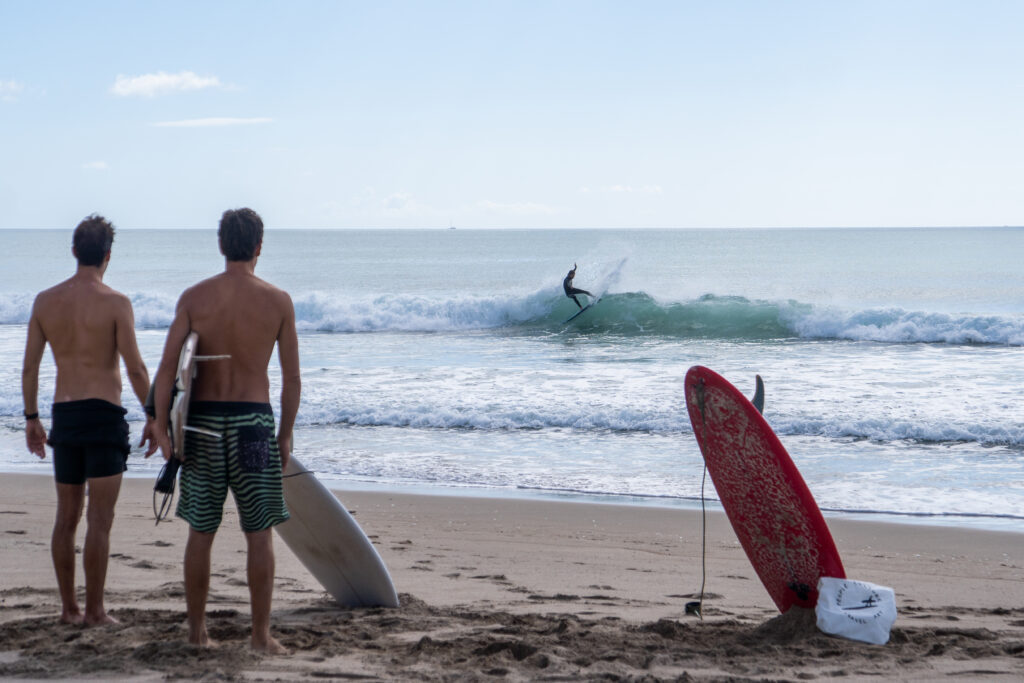
In the scathing New Zealand sun, the new suit would almost completely dry in less than 3 minutes — leaving noticeable swaths of salt spread out along the legs and arms.
By the end of the month, it took around 15-minutes to dry in the peak of afternoon heat.
As you may have seen in our Tofino test — where the Hyperfreak 3/2 placed second — the suit weighed around 4.6 lbs when wet (2kg). It was far and away the most comfortable, flexible suit of the three. But then, this isn’t really surprising given it’s also the thinnest. Would be a perfect year round suit if you live south of Point Conception — possibly further north if you wear a Large-Short.
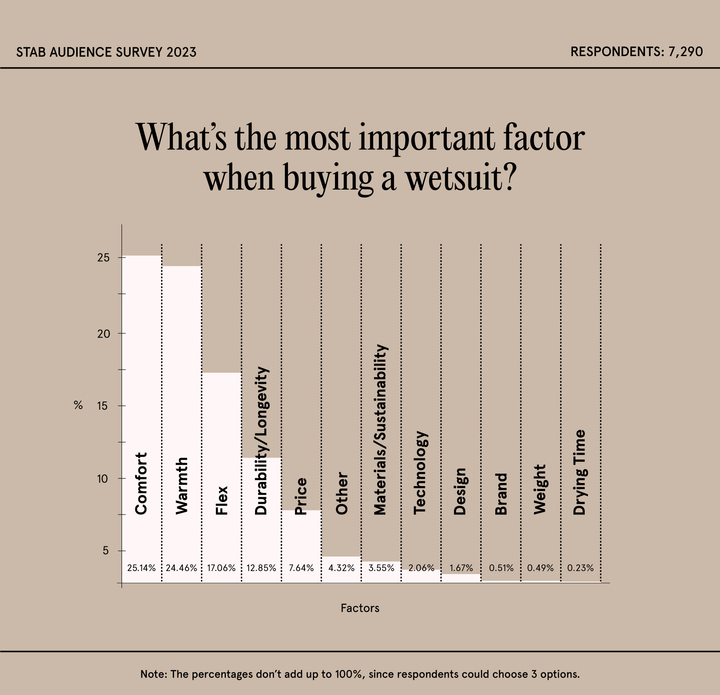
Footwear
Hot take: I love booties.
Maybe it’s because I didn’t surf without them for the first few years of my surfing life or maybe it’s because I grew up skateboarding and they remind me of skate shoes — but I sincerely love wearing rubber on my feet while I surf.
Granted, I hate thick, heavy, stiff booties. I much prefer the ‘sock’ style thinner options.
For the past few years, my go to has been the O’Neill Ninja 3mm booties. Easy to put on, don’t get filled with water, and hardly noticeable when surfing. When I started this test, I was wearing a two year old pair of Ninjas that were on their very last leg. So, I opted to pick up a pair of the new O’Neill Gooru ‘dipped’ booties — with rubber going slightly further up the ankle.
Essentially, they’re marketed as a more watertight upgrade from the standard Ninja bootie.
Though they had similar board feel, I didn’t like them as much as the original Ninja.
First, once they did get water in them, it never came out — instead ballooning out around my foot when I stood up. Second, they were far more difficult to get on and off, inciting brief bouts of claustrophobic frustration and panic before and after my sessions. Third, despite getting them in the same size as my Ninja booties (US 9) they felt too big. This could probably be the cause of the water filling into them, but I can’t imagine how difficult it would be to get in and out of a size smaller.
No complaints about warmth.
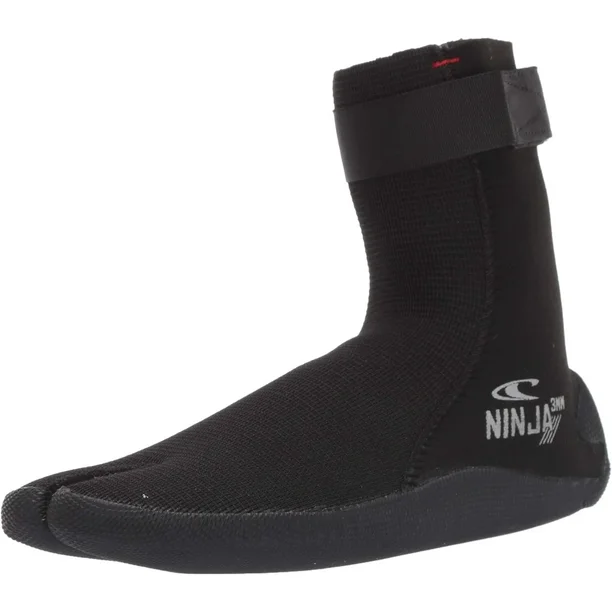
Recommendations
If I had to pick, I’d suggest a 4/3 Hyperfreak with a hood to anyone living where the water is consistently above 49 degrees (9.5 C) The stitching on the suits with the hood seems to make paddling easier, and the warmth is more than enough for just about every session in reasonably tempered water.
The 5/4 felt like overkill except for the early morning moments spent peering through a freezing fogbank at onshore Northern California mush.
As for booties, I cannot speak highly enough of the original 3mm Ninja boots. I wear them close to year round in Northern California, and I don’t have a negative thing to say about them.
If you get the dipped Gooru ones, go a size down from your normal booties and do some finger exercises + Wim Hof breathing before trying to pull them on.
Click here to browse O’Neill’s entire range of new suits.


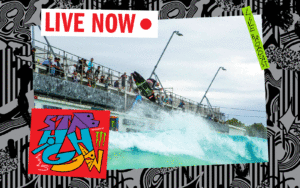
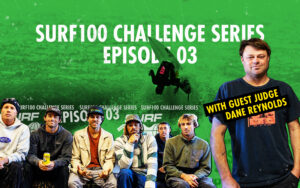










Comments
Comments are a Stab Premium feature. Gotta join to talk shop.
Already a member? Sign In
Want to join? Sign Up